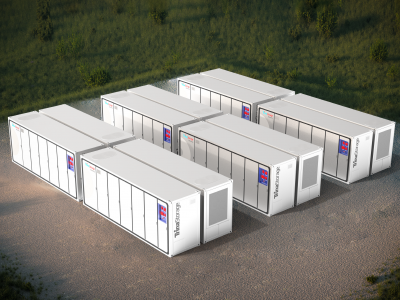Tips For 2013 – Energy Storage & Solar
RenewEconomy passed around the hat this past week for a few ideas on what would be big in 2013 in clean energy in Australia.
What emerged was a couple of key themes – the continued proliferation of solar PV and the growing interest in energy storage. And it might just be the year that big solar (solar thermal) makes its mark.
“Watch solar thermal for a vision of what is likely to become the more dominant technology five to 10 years from now,” said one executive. There is certainly much interest – internationally, many countries are throwing billions at the technology, and it is thought that ARENA and/or the CEFC may finally find a way to make it work here too.
Battery storage was another popular choice. Many hinted at their own plans to introduce storage technologies at the commercial, industrial, and residential level. As one said: Everyone seems to think you need a lot of storage to make a difference, but this is not necessarily the case. Many households now use less than 5 kWh per day, so even 1-2 kWh of storage could allow them to manage a large proportion of their peak demand.”
This could be done with ultra-capacitors, lithium-ion, or the CSIRO developed ultrabattery, which recently won the contract for the King Island renewables integration project, and has signed a deal with the largest lead acid battery manufacturer in the world.
The most depressing tip for 2013 was the prediction that regulators and governments will again fail to keep up with the pace of change, “leading to a complex, backward looking and confusing market picture dominated by the status quo and the powerful voices of incumbent players”, as one executive put it.
If you want to know more about this and other topics directly from end users of energy storage technologies join us at one of these annual events: The Energy Storage World Forum (Grid Scale Applications), or The Residential Energy Storage Forum, or one of our Training Courses.



